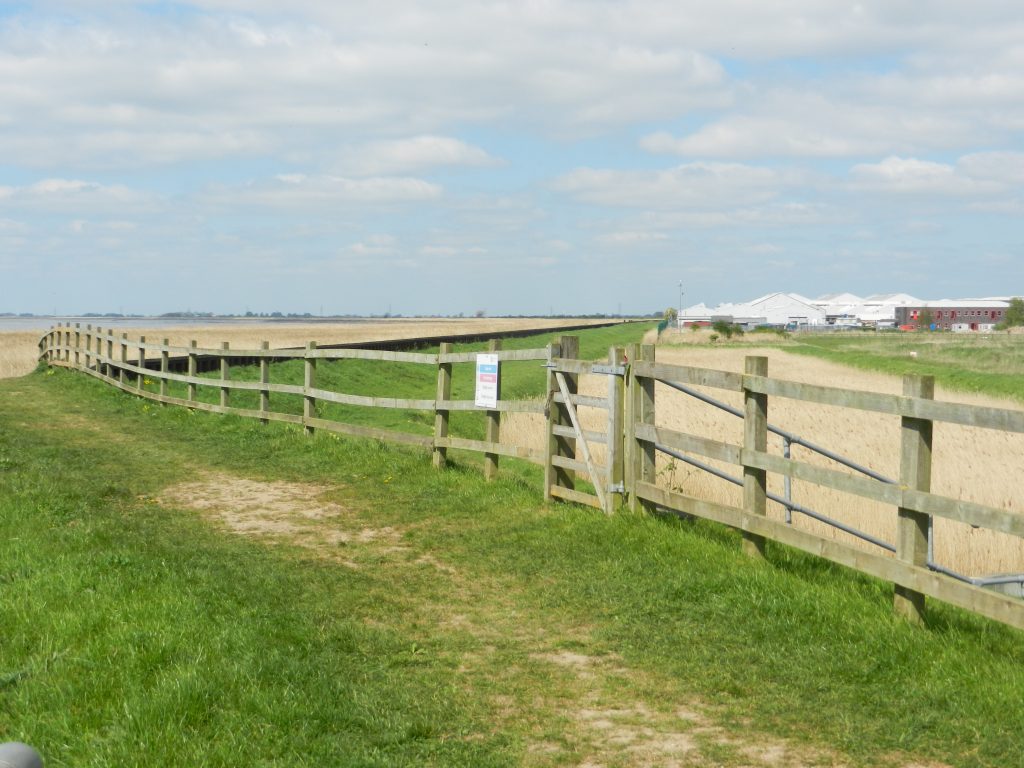
The photo above shows a view west from a point on the Estuary side as the walker is approaching Brough. The industrial buildings in the middle distance were built for the once aircraft/aircraft parts manufacturing business, initially serving the Blackburn Company, this taken over by Hawker Siddeley in the 1960s and in turn taken over by British Aerospace and then BAE Systems. Aircraft parts manufacture ceased in 2020 at which point it was England’s oldest aircraft manufacturing site still in production. The site is now being partitioned into bases for a variety of local businesses. Just beyond the industrial site is Brough Haven which, from 70AD to the fifth century was the northern end of the Romano-British Humber crossing route, a site at Old Winteringham on the south bank being the southern end.
Robert Blackburn (1885-1955), although not born on Humberside, presumably bought the site on which to develop his early aircraft production – bi-planes first of all and very flimsy by today’s standards – because, having been the Humber foreshore floodplain, the site was level and suited to testing early aircraft before the days of man-made runways. One of his best known production models was the Blackburn Beverley, a large transport aircraft produced in the 1950s. One decommissioned example stood in the car park of the Army Transport Museum on Flemingate, Beverley until that venue closed, at which point it was moved to Paull Fort where, to the best of my knowledge, it still is even though the Fort is now closed to the public.
One famous aircraft built by Hawker Siddeley at Brough was the Hawk, a training jet that could be adapted for combat. The Red Arrows aerial display team still fly Hawks. Another very remarkable aircraft associated with Brough was the Harrier Jump Jet, the first, I think, vertical take-off combat aircraft.
(to be continued)